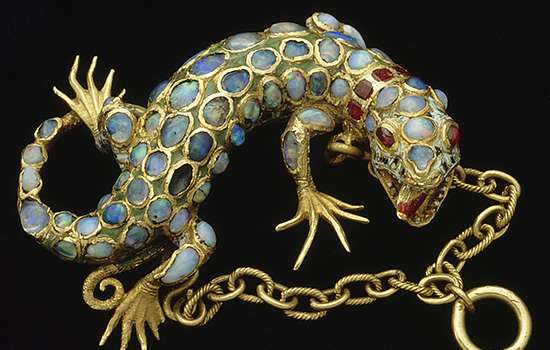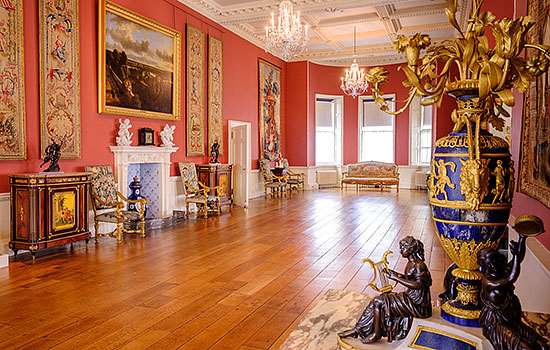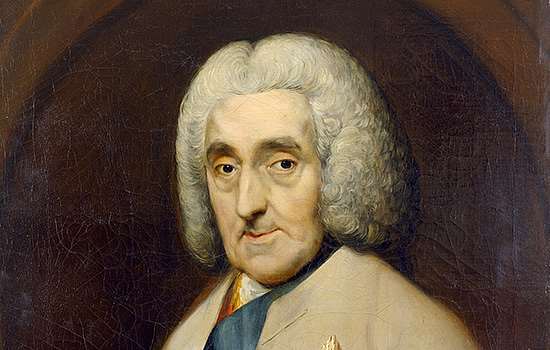Star object
Memento mori coffin
- Unknown maker
- 1575–1600
- Boxwood
- Germany
This astonishing coffin-shaped object, small enough to be held in the hand, is remarkable for its complex construction and the intricacy of its carving. It opens up to reveal three detachable panels, each carved with scenes of the Last Judgement and a decomposing human body. Once all the panels are removed, a skeleton is revealed.
To construct such a multi-layered work, the outer dimensions would have first been cut back to allow the placement of the internal panels, themselves carved from multiple pieces of boxwood. This arrangement gave the maker unhindered access to each layer, enabling him to sculpt highly detailed elements in the tiniest of areas. The hardness and fine grain of boxwood were ideally suited to this kind of intricate carving.
Together with the Last Judgement scenes in which earthly souls are judged by God, this tiny sculpture acts as a memento mori – a reminder of life’s transience and the risk of eternal damnation.
VIEW THE COFFIN IN 3DArtists and makers
Illuminated manuscript leaf
- Unknown maker
- About 1270
- Vellum
- Perugia, Italy
Illuminated manuscript pages like this one are remarkable for the number of specialist artistic techniques and materials combined on one sheet. The image, which is richly coloured and contains glistening gold leaf, is painted on vellum (animal skin), which was used widely before the technology to mill paper was developed.
Showing the Virgin and Child accompanied by saints and kneeling worshippers below, this page was extracted from a missal, a type of book containing the texts needed to celebrate Mass throughout the year.










